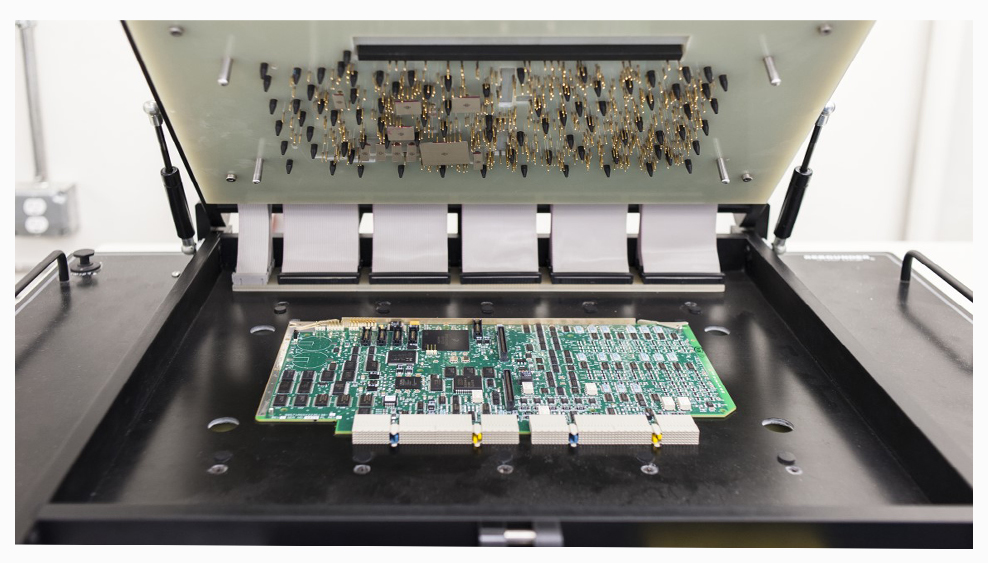|
PCBA testing:
PCBA test refers to the electrical conductivity of PCBA circuit board mounted with electronic components and the detection based on input and output values. In the design of PCB circuit board, there are voltage and
current and other numerical relationships between different test points, so it is necessary to use professional test equipment or manual operation of multimeter to detect the test points, so as to verify whether the
actual PCBA board meets the design requirements. PCBA test is a key step to ensure the quality of production delivery. FCT test fixture is made according to the test points, procedures and test steps designed by
customers, and then PCBA board is placed on FCT test rack to complete the test.
PCBA test types are classified as follows:
ICT test (In-Circuit Test) : mainly test the voltage/current data of the test point after the PCB is powered on, and does not involve the test of function keys or input and output.
FCT test (Functional Test):Firstly, we need to burn the written MCU program into the program IC through the burner (such as ST-Link, JTAG) so as to achieve the corresponding functional test. For example , the LED
lights up after pressing one button; factory data will reset after pressing two keys at the same time. Of course, whether the test of all functions can be carried out must be based on the premise of good PCB welding and
line conduction, otherwise it can not be achieved.
Burn In Test: The PCBA boards burned and FCT passed are tested for durability and welding reliability by simulating user input and output for a long period of time. In special cases, it is also necessary to expose them
to a specific temperature and humidity environment. PCBA testing is an essential and important link in the entire
|

|
|
PCBA
manufacturing supply chain. Quality is controlled from the final data
results. In the standardized design and manufacturing management, PCBA
testing must be considered and implemented.
|

